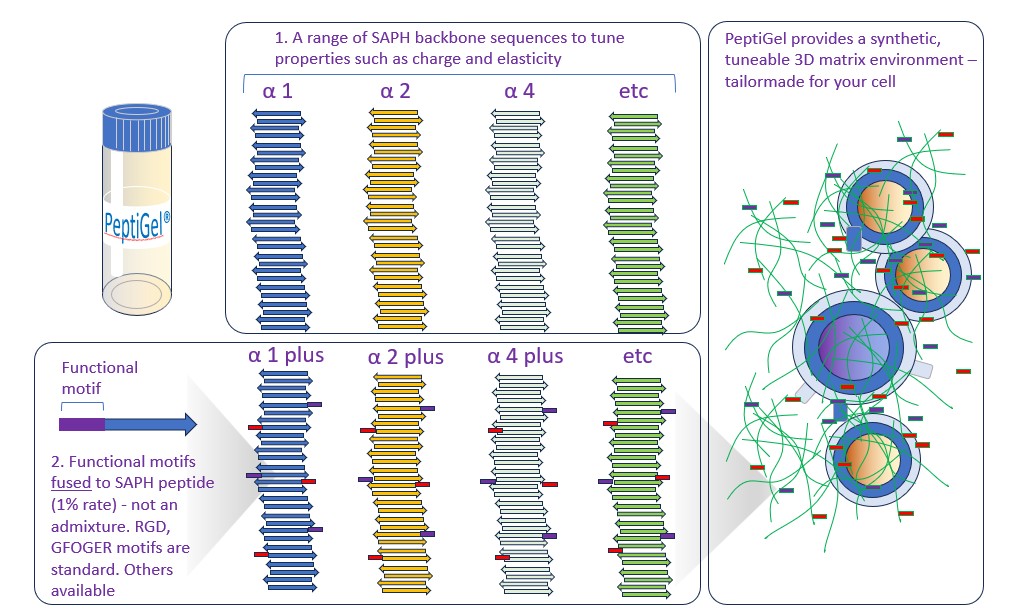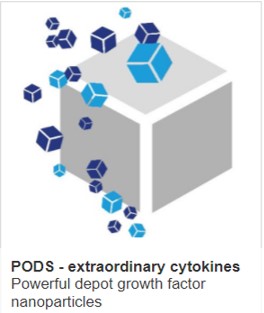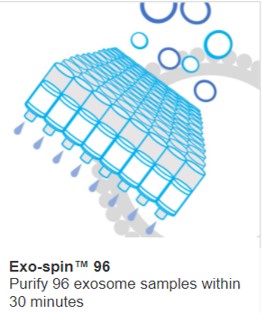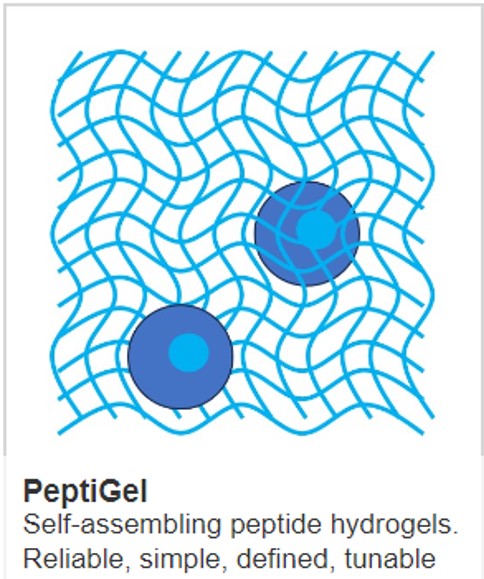Why researchers are choosing PeptiGel over RADA16

RAD16 has been around for a long time. This pioneer in the field of self-assembling peptide hydrogels is inflexible (figuratively at least) and can be difficult to use. PeptiGel is winning out with clever refinement of the self-assembling peptide hydrogel (SAPH) concept, bespoke formulation and a ready-to-use format.
Like PeptiGel, RADA-16 is a peptide that forms beta-sheets and can make hydrogels. In fact, there actually are a lot of peptide sequences in the literature that follow the same design principle and form beta-sheets and hydrogels under the right conditions.
At least three of these RADA-16 SAPHs are part of commercial endeavours: Notably, RADA-16 has been sold as “Puramatrix” for decades by Corning. But Puramatrix, as well as the offering from other companies, is only available as a single peptide formulation.
This is where PeptiGel excels. PeptiGel is not a single hydrogel, but a range of hydrogel formulations developed in the lab of Prof. Alberto Saiani at the University of Manchester. PeptiGel technology is based on Prof. Saiani's internationally recognised expertise in hydrogel formulation and its principles: from how to devise the condition in which to make them (understanding the charge profile and phase diagrams of peptides) to how to make the hydrogels, the use of industrial mixers, salt additions and exact conditions to formulate the perfect gel. This results in a variety of hydrogels, each tuned to specific cell types based on aspects such as elasticity and charge.

Peptide stacks that form in PeptiGel develop 3D nano-fibrous matrix hydrogel networks
Tunable in two key ways
Click the image to see the growing range of successfully cultured cells
The unique approach allows the PeptiGel technology to be flexible allowing us to offer different PeptiGels with different characteristics depending on the specific needs and applications targeted. Cell Guidance Systems’ PeptiGel is the only hydrogel for cell culture that uses a range of peptides and offers a range of ready-to-use hydrogels with different properties.
More information on PeptiGel is available here
MAIN IMAGE Pipetting PeptiGel CREDIT: Cell Guidance Systems Ltd




